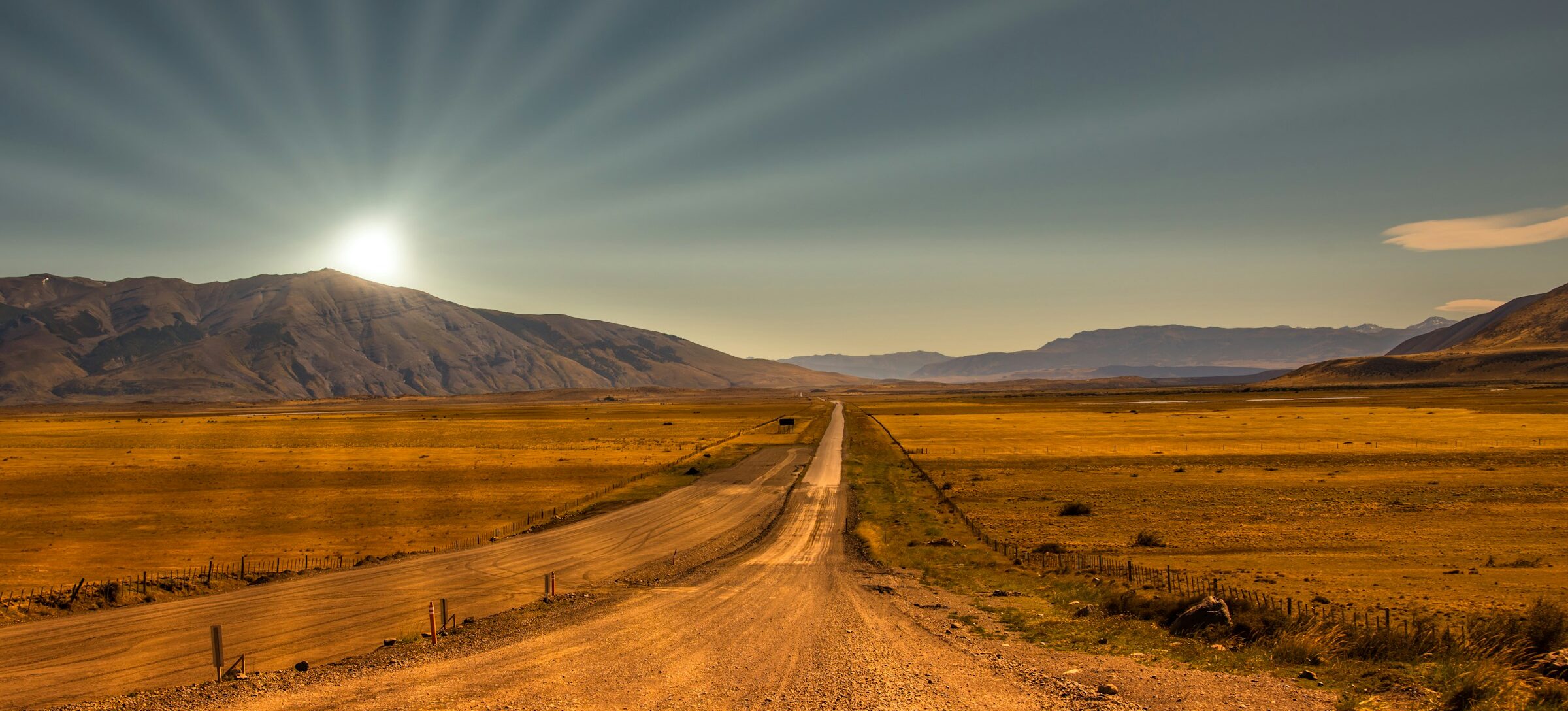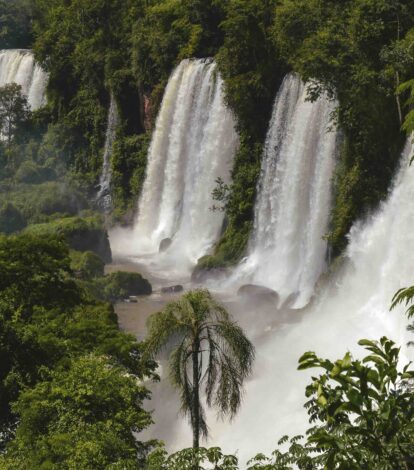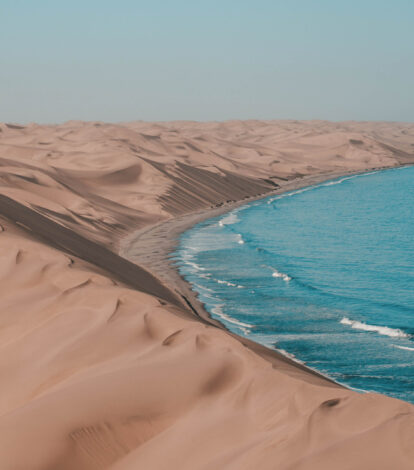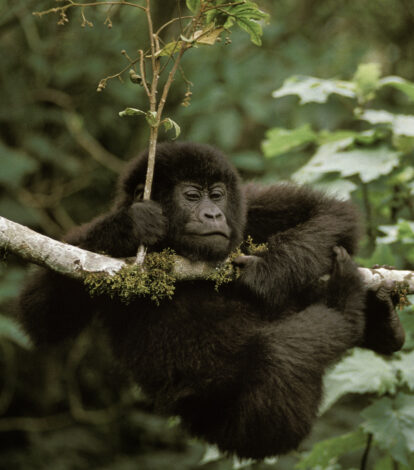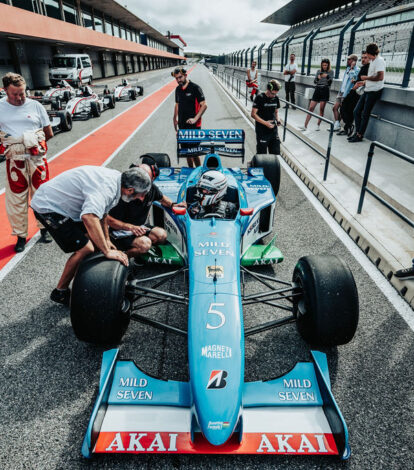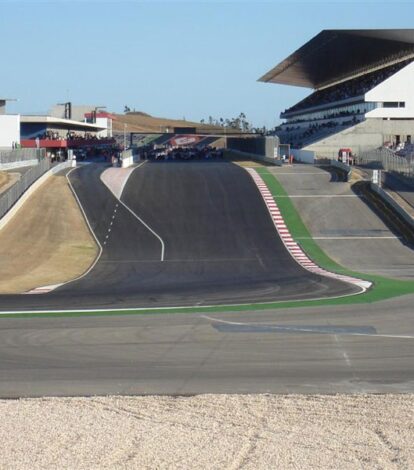A travel guide to one of the last true wildernesses on earth. Where, how, when, why and who goes to Patagonia.
Travel to Patagonia only developed in the last two decades. Luxury travel to Patagonia is much more recent.
Here the definition of luxury has always been the magnificence of the landscapes and exploring places where few footsteps have trodden.
There’s still comfort. You’ll find spas, fine dining and very high-end suites. But you don’t spend a day lounging around a beautiful pool. Here the experience is to travel far from modern civilisation.
José Miguel Martinez is Head of Explorations in Patagonia for Explora, who own and operate lodges in remote destinations across South America.
José helped us put together this guide to luxury travel in Patagonia, which explores the possibilities, limitations and key considerations for a trip.
Where is Patagonia?

Patagonia is one of the world’s most remote destinations. It’s located in the southern tip of South America and consists of the southern regions of Argentina and Chile.
It’s isolated and rugged, with glaciers, mountains and lakes. You see ranches and gauchos, Patagonian cowboys.
“Patagonia is not only a region, it’s also a way of life” says José. “People from Patagonia identify themselves primarily as Patagonian, they share a culture, heritage and identity.”
Differences between northern and southern Patagonia

Northern Patagonia is a lesser-known area. It’s off the beaten path, authentic and refreshingly undeveloped, far from the crowds.
You see snow-capped Andes mountains, the Patagonian steppe (grasslands), and a network of crystal clear rivers and lakes.

“Southern Patagonia has more dramatic scenery,” says José. “Jagged peaks, glaciers, ice fields. It’s famous for its strong winds and changing weather.”
Most pictures people have seen of Patagonia come from the south, like the famous Perito Moreno Glacier.
When is the best time to travel to Patagonia?
The main Patagonia travel season is between October and April.
November to March is the high summer season, when the weather is warmer and usually more enjoyable.
Even at the height of summer it’s still mountain weather, you need to wear fluffy hats, hiking boots and puffer jackets. These are the most southern places on earth outside Antarctica.
October and April are also recommended as they see less tourists and have greater wildlife opportunities. Autumn colours make April particularly beautiful.
Low season is May to September and many accommodations are closed.
How much time do you need to explore Patagonia?
The distances between locations are large and getting around takes time. And Patagonia is far from home.
To take advantage of the destination, the general recommendation is to stay for around four nights in any location. This gives you three full days to explore.
”Combining two locations in eight nights is an amazing experience and I wouldn’t recommend visiting Patagonia for less than one week” says José.
What are the key destinations within Patagonia?
Northern Patagonia, Chile

Northern Patagonia, notably the Chilean Lake District, “is the best place to see wildlife. There’s hiking, e-biking, kayaking, 4WD and helicopter explorations above the ice fields” says José.
It’s an intimate experience, you feel like you have Patagonia all to yourself and there’s the widest choice of explorations.
Explora Patagonia National Park is situated in the heart of the Carretera Austral and is usually accessed via a charter flight.
Anyone who likes road trips should consider driving the Carretera Austral, one of the world’s most remote and beautiful paved roads, stretching 1240 kilometres through what’s mostly wilderness.
Torres del Paine, Chile

Torres del Paine in Chile’s Southern Patagonia offers horseback rides and 4WD explorations. It’s the place to see glaciers and do iconic adventure hikes.
Here you get the big Patagonian wow factor, the jaw-dropping views, the glaciers and lakes.
If you’re going to Antarctica and only have time for one Patagonia destination, José says “Torres del Paine is my recommendation, as it combines most of what the entire region is known for.”

Explora Torres del Paine is the only luxury hotel in the heart of the national park, with dramatic views of the Torres del Paine massif. Great for an adventurous stay.

Awasi Patagonia is the most opulent of all Patagonia’s accommodations. It’s an elegant Relais & Chateaux property where each room has an outdoor hot tub. A combination of nature and style on the edge of the national park.
El Chaltén and El Calafate, Argentina
El Chaltén in Argentina is all about classic Patagonian landscapes, hiking, hiking and more hiking. It’s granite peaks, glaciers, lakes and trails, a destination for mountain lovers and enthusiastic hikers.
Explora El Chaltén is located in its own private Hos Huemules Conservation Reserve, with easy access to both famous hikes and trails that don’t see other people.

Close to El Chaltén, El Calafate is a jumping off point to Patagonia’s some of most famous experiences, notably Perito Moreno Glacier. You can cruise along the glacier’s front wall and trek on the ice using crampons.

EOLO is a great lodge less than one hour from the glacier, in a private location on the steppe. It’s an amazing place for riding criollo horses with Patagonian gauchos.
Tierra del Fuego and Ushuaia, Argentina

Tierra del Fuego is an archipelago on the southernmost tip of South America, where the Andes meet the ocean. It’s a surreal place of wildlife, adventures and the resort town of Ushuaia.

Almost all Antarctica cruises depart from Ushuaia, which is a natural extension to exploring Patagonia.

Los Cauquenes Resort + Spa is the only waterside five-star property in the area. It’s outside the tourist bustle of Ushuaia itself and best impresses the wilderness of where you are.
Travelling between destinations in Patagonia
Not all these destinations are connected by road and the distances between them are large.
For most combinations it’s best to travel around by air, with a choice of scheduled flights and charters. For example, Explora operates its own flight charters between the Chilean Lake District and Torres del Paine.
Connecting Torres del Paine and El Chaltén requires an overland journey from Chile to Argentina, which is stunning and takes around eight hours.
What wildlife do you see in Patagonia?

Throughout Patagonia you see guanacos, a high-altitude camelid similar to llamas.
There’s the opportunity to see pumas, foxes, Andean condors and Patagonian deer.
“Patagonia National Park in the Chilean Lake District is the best place for wildlife lovers, although these animals are present across the entire region” adds José.
In the far south of Patagonia, around Ushuaia, you can see animals that are typically resident of Antarctica, like penguins and elephant seals.

What guests do you get at Explore lodges in Patagonia?
“We usually get very interesting people” says José.
There are the active kind, people in very good shape who like outdoor activities. Then you have the world travellers, people who are curious and ask a lot of questions.
We also get a lot of honeymooners, adventurous and active couples in their twenties, thirties, forties and fifties!
Patagonia is popular for solo travellers. It’s a destination where you meet like-minded people.
It’s also becoming a more popular destination for multigenerational families. There are days when everyone does something together, other days when the group splits up to do different activities then meets back up for dinner.”
Is Patagonia really a destination for families?
“100%. In my experience, nothing amazes and encourages curiosity as much as being immersed in nature. There are many half-day experiences that can be combined on a relaxed multi-day itinerary.”
José continues, “however, El Chaltén isn’t recommended for younger children, only for teenage and older children who have a keen interest in hiking.
Planning your Patagonia holiday

Picking two or more destinations is the starting point. You don’t need to pre-book and pre-plan all your activities. In fact, it’s best not to. Local guides at the lodges will recommend explorations every day.
“We have to consider clients’ interests, physical fitness and the weather. Every afternoon you sit down and plan for the next day, adapting to your preferences” says José.
Although Patagonia is big, there’s only a small choice of top accommodations, which is very different to an exploration in the African wilderness, where the choice can feel endless.
Patagonia is a very distant, once-in-a-lifetime type of destination. Planning a trip is all about perfecting the logistics, to maximise the time you have and deliver the experiences you dream about.
And that’s something our travel designers proud themselves on.
